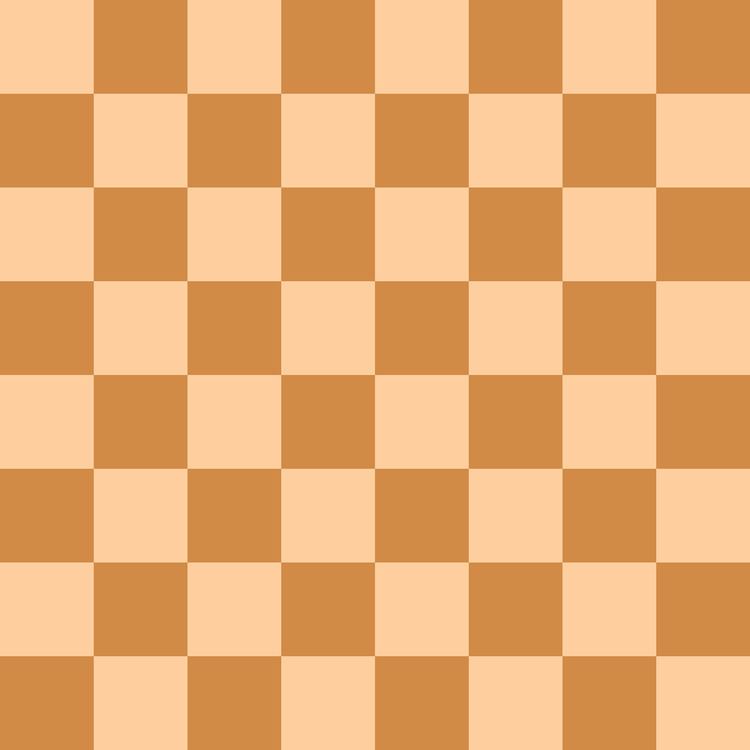a b c d e f | b c d e f g | |
 | ||
The Semi-Italian Opening (also called Lesser Giuoco Piano, Half Giuoco Piano, and Paris Defence) is one of Black's responses to the Italian Game. It begins with the moves:
Contents
1. e4 e52. Nf3 Nc63. Bc4 d6Black's intent is to play a Hungarian Defense with an early ...Bg4, fighting for control of the d4-square. The line was tried by Alexander Alekhine early in his career. The first recorded use in international competition was in 1846. Horowitz called the defence "solid", also writing: "It does not seem quite sufficient for equality."
The Encyclopaedia of Chess Openings code for the Semi-Italian is C50.
Main line: 4.c3
4.d4
4... Bg4 (after 4...exd4 5.Nxd4 Nf6 6.Nc3 White has the freer game according to Keres, and instead of 5...Nf6, Evans has suggested 5...g6!?; 4...Be7 is the Hungarian Defense) and now:
4.h3
White prevents Black's thematic Bg4. The reply 4.h3 leads to lines similar to the Hungarian Defense, for example 4... Be7 5. d4 and now:
4.Nc3
This transposes to the game Maslov–Lutikov, USSR 1963, which continued 4...Bg4 5.h3 Bxf3 6.Qxf3 Nf6 7.Ne2 (or 7.d3) and White stands slightly better (Keres, Filip).
Notable games
Rodzinski vs. Alekhine, Paris 1913:
1. e4 e5 2. Nf3 Nc6 3. Bc4 d6 4. c3 Bg4 5. Qb3!?
5.d4, the Main line, is better.5... Qd7 6. Ng5?!
6.Bxf7+ Qxf7 7.Qxb7 Kd7 8.Qxa8 Bxf3 9.gxf3 Qxf3 10.Rg1 Qxe4+ 11.Kd1 Qf3+ 12.Ke1 Qe4+ with perpetual check (Alekhine); or 12...e4 13.Na3 Ne5 14.Qxa7 Nd3+ 15.Kf1 with an even game according to Sozin, but Black forces mate with 15...Qd1+ 16.Kg2 Nf4+ 17.Kg3 Qf3+ 18.Kh4 Qh3+ 19.Kg5 Ne6#.6... Nh6 7. Nxf7 Nxf7 8. Bxf7+ Qxf7 9. Qxb7 Kd7 10. Qxa8 Qc4 11. f3 (see diagram) Bxf3! 12. gxf3 Nd4 13. d3?
13.cxd4 Qxc1+ with clear advantage for Black.13... Qxd3 14. cxd4 Be7 15. Qxh8 Bh4# 0–1
